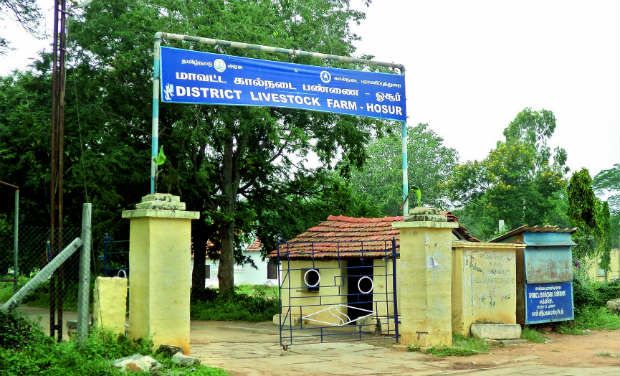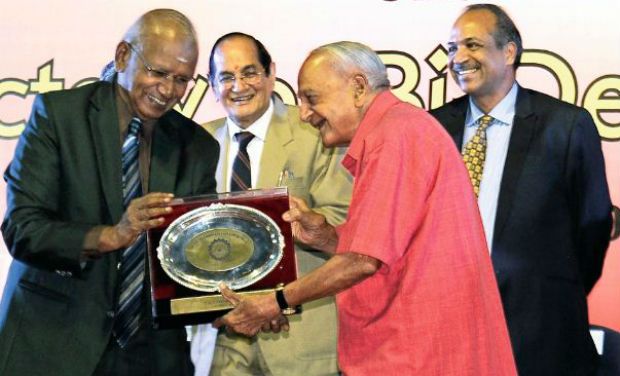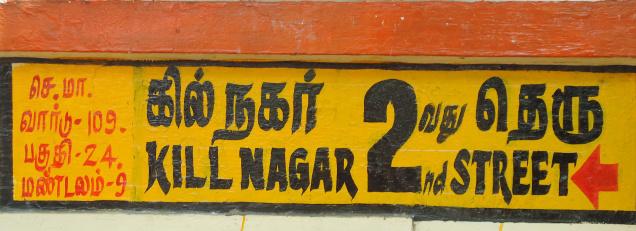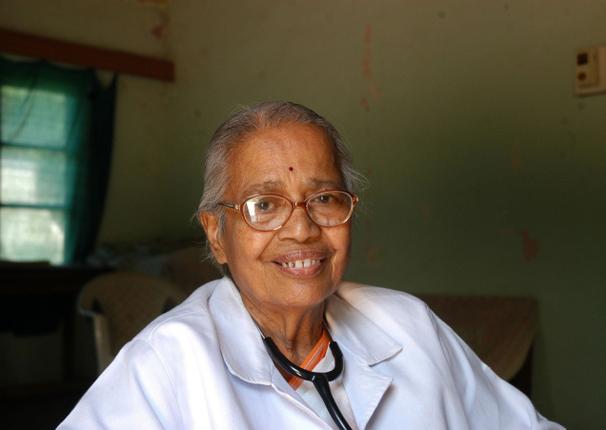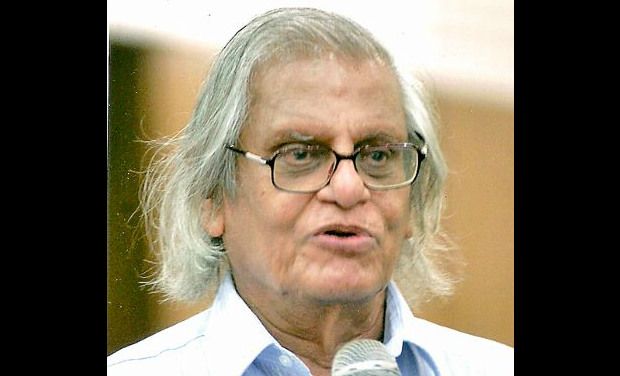The next few weeks are testing times for chess wizard Viswanathan Anand. For, he is busy getting himself ready – both mentally and physically – for his World Championship match against World No. 1 Magnus Carlsen next month in Chennai.
In between all the hype around the match, Vishy, as he is called, made it a point to spend time with his family for Navaratri, a festival he loves. He gets talking to us on his upcoming match, inspirations and more.

It’s been months of preparation – both in terms of chess, and physical work. Now, it’s the last mile. So, I’m just taking it easy and getting ready for the match.
You were in Chennai recently for Golu celebrations. How did you spend your time?
I enjoyed seeing Akhil (son) in his Indian attire at the golus. Navarathri is a beautiful time to be in Chennai. The daily visits, guests, healthy sundals and music… it’s all so beautiful. Importantly, Navaratri is a family effort – arranging the dolls and planning the scenic backdrops that go into it. This year has been hectic due to visits to other golus, but it was mainly about Akhil.
You must miss Aruna and Akhil a lot when you’re away touring. How does Akhil react when you talk to him over the phone and when you’re back home, how do you bond with him?
We like playing together; there are lots pillow fights at home! He has this book – Happy Hippo Angry Duck – that we love reading together. The trick is to pretend that we are reading it for the first time every time. His favourite pastime now is counting; so, we count anything these days. And, of course, there’s Tom and Jerry; while he cheers for Jerry, I support Tom. I love it when he wakes me up in the morning with my brush and says, “Brush teeth.”
In your career, how have you handled pressure, during and before a match? What are some things you do to ensure that it doesn’t get to you?
It’s very difficult to keep a checklist because always, the one thing you don’t want to think about will pop right into the head. I try to keep a cool face and for the rest, just rely on my game.
How friendly are you with Carlsen?
We are cordial with each other.
In a previous interview, you mentioned that you rarely get time to watch movies, and that you last watched Rajinikanth’s Sivaji…
Well, I watched Kahaani and liked it a lot. I hope to watch The Lunchbox soon. But I have been watching classic Rajini films like Billa, etc…
Finally, would you consider this as the most important match of your career, and why?
Each match I play is the most important one yet.
source: http://www.articles.timesofindia.indiatimes.com / The Times of India / Home> Sports> More Sports / by Srinivasa Ramanujam , TNN / October 19th, 2013
